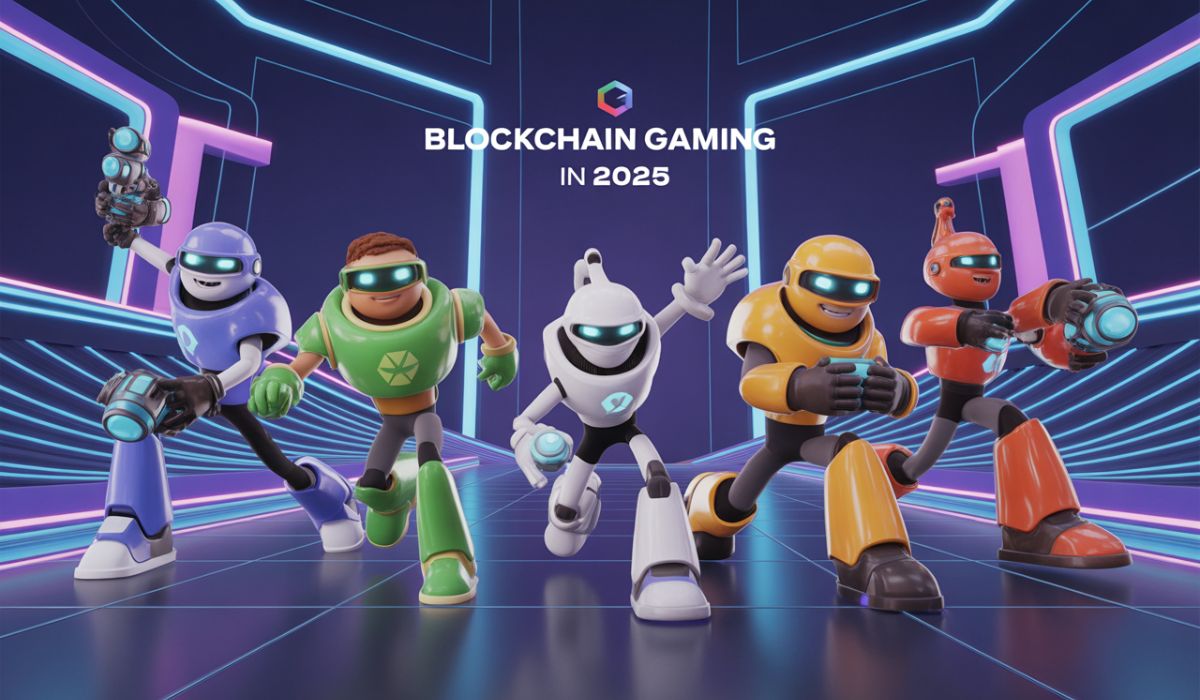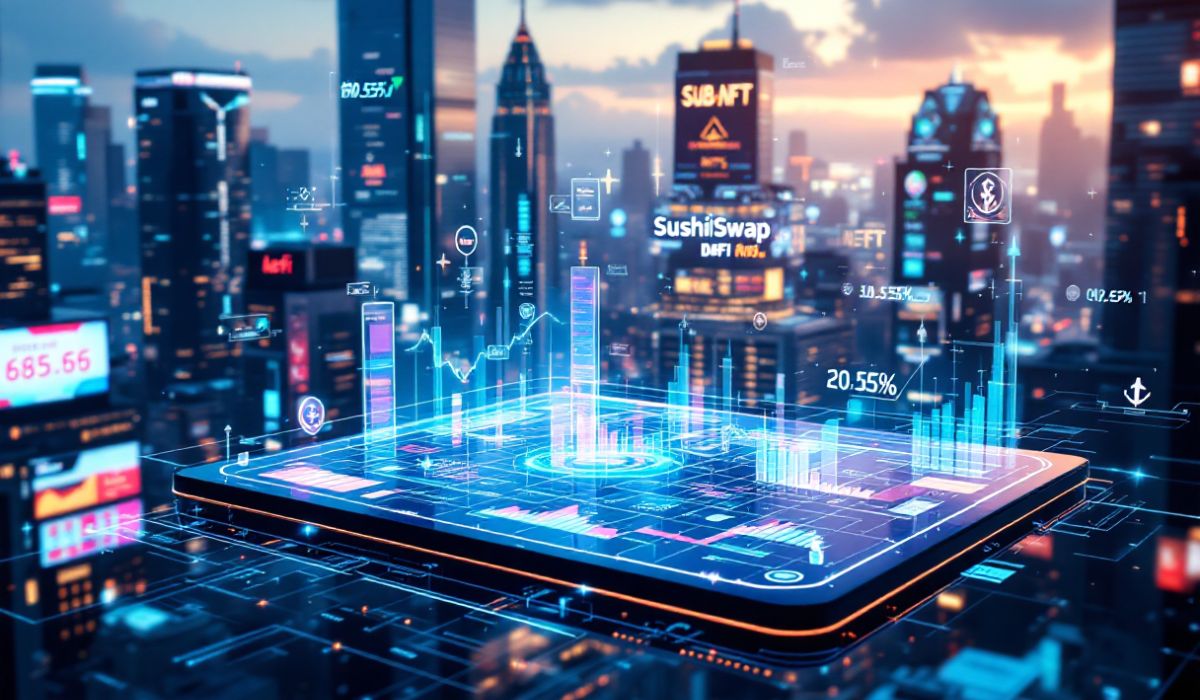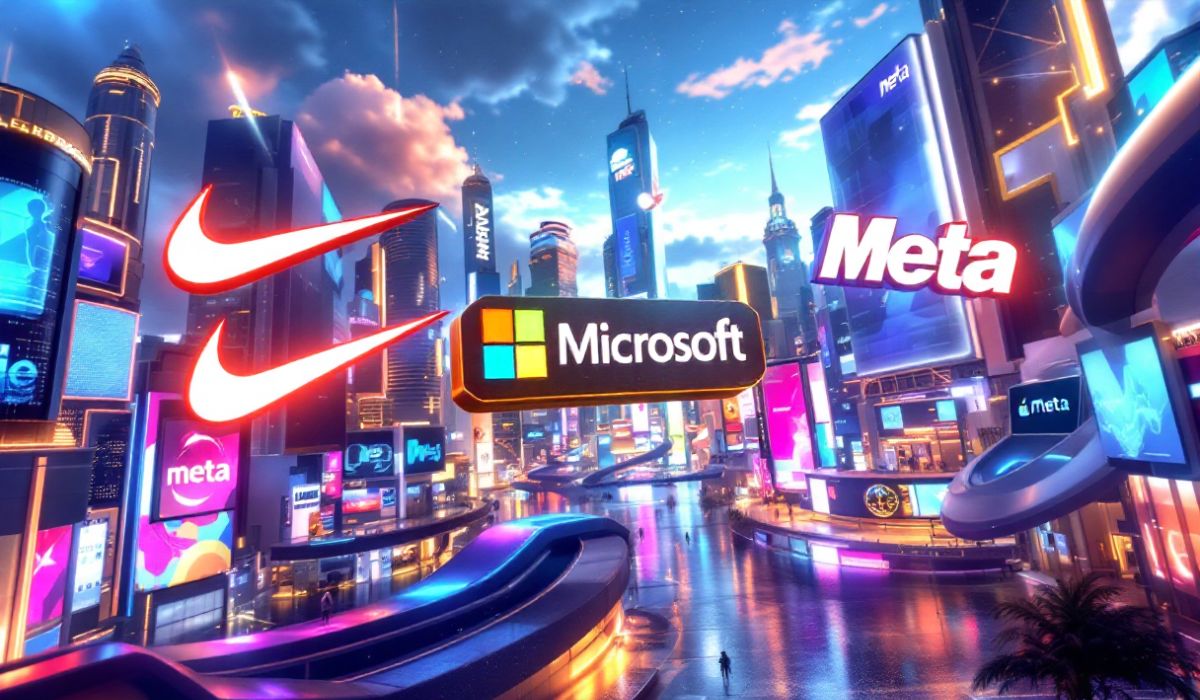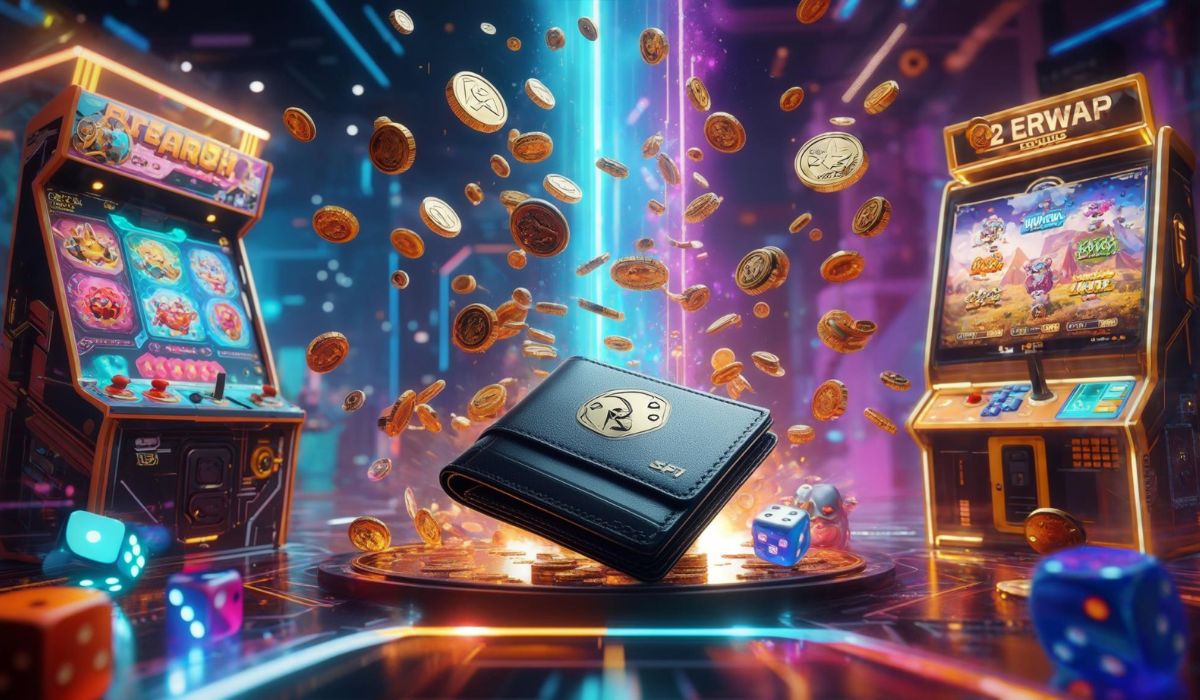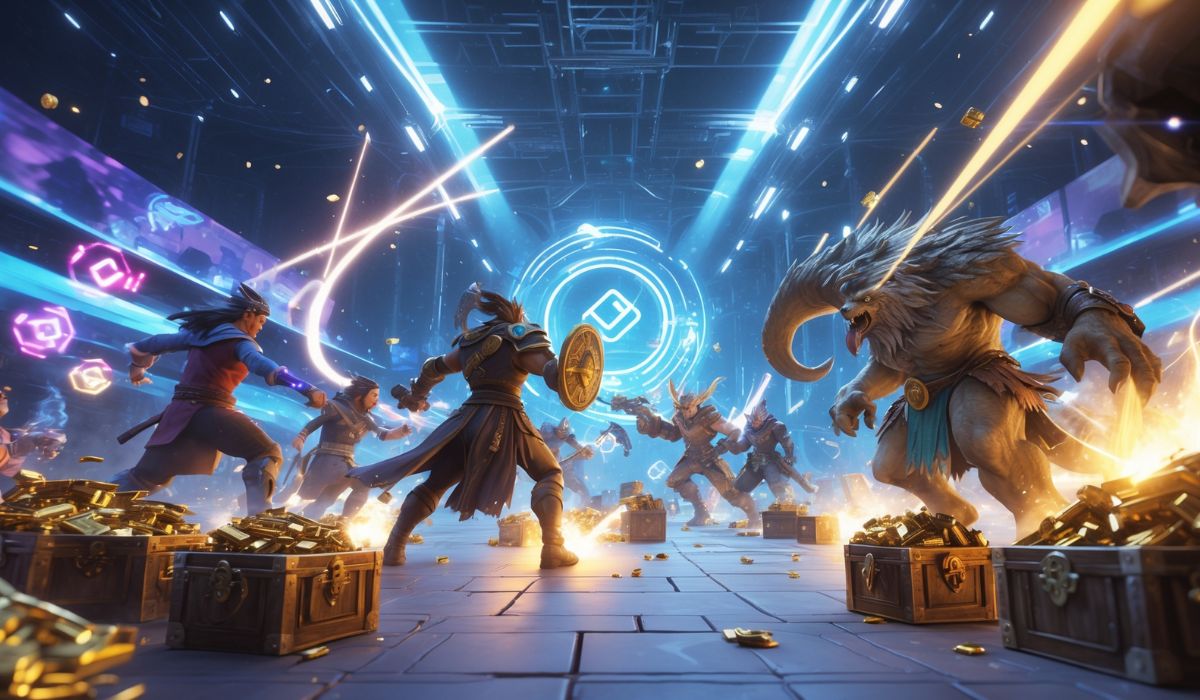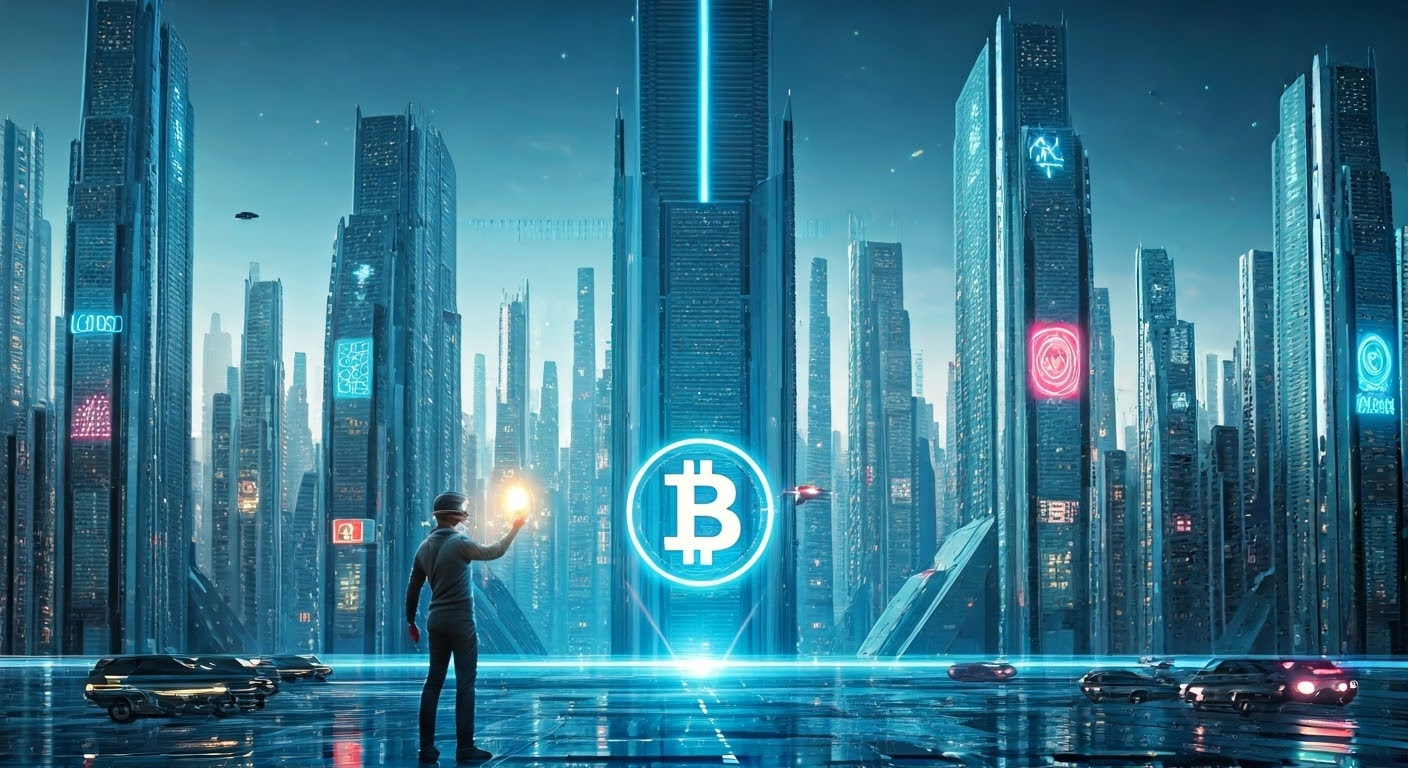
The future of the internet is unfolding before our eyes, and the Live in Metaverse is leading the charge. What was once a sci-fi fantasy is now an ever-evolving reality, reshaping not only how we interact but also how we do business. Crypto markets, in particular, are undergoing a radical transformation, fueled by blockchain innovation, decentralized economies, and immersive virtual experiences. Let’s take a deep dive into how living in the Metaverse is reshaping the crypto space and what it means for digital finance, virtual assets, and the future of decentralized economies.
The Intersection of the Metaverse and Crypto
The Metaverse isn’t just about socializing in a digital world—it’s about creating a fully functional economy. Cryptocurrencies, NFTs, and blockchain-based transactions are the backbone of this economy. The ability to buy, sell, and trade virtual goods seamlessly within immersive environments is driving massive adoption of crypto technologies.
Metaverse platforms like Decentraland, The Sandbox, and Otherside are pioneering new ways to monetize digital real estate, offering players and investors the chance to own, develop, and profit from virtual land. With smart contracts ensuring trustless transactions and NFTs proving ownership, the barriers between digital and physical assets are rapidly dissolving.
Virtual Reality’s Impact on Crypto Trading-Live in Metaverse
One of the most fascinating aspects of integrating the Metaverse with crypto markets is the shift in how trading is conducted. Imagine stepping into a VR trading floor where real-time market trends are visualized as interactive graphs, allowing traders to engage with their portfolios in a more intuitive and immersive way. Instead of staring at a 2D screen, traders can navigate through historical data, execute transactions with simple hand gestures, and communicate with other investors as if they were in a physical trading hub.
Several blockchain-based platforms are already experimenting with VR trading spaces, where decentralized exchanges are built directly into immersive environments. This enhances user engagement, provides a deeper understanding of market dynamics, and ultimately revolutionizes how people interact with their investments.
Play-to-Earn and the Rise of the Metaverse Economy
Gaming has always been at the heart of digital economies, but with play-to-earn (P2E) models, players can now generate real income simply by participating in virtual worlds. Axie Infinity, Illuvium, and Star Atlas are perfect examples of how blockchain-powered games enable users to earn crypto rewards, which can then be traded for real-world value.
The rise of P2E games signals a shift from traditional gaming economies, where players typically spend money without any financial return, to decentralized ecosystems where time and skill are rewarded with digital assets that have tangible market value. This trend is not only creating new job opportunities but also fostering financial inclusion for individuals in emerging markets.
Decentralized Finance (DeFi) in the Metaverse
The integration of DeFi into the Metaverse is another game-changer. With decentralized exchanges (DEXs), yield farming, staking, and lending protocols becoming accessible within virtual worlds, users can interact with financial services without the need for traditional banking infrastructure.
Picture a virtual bank inside the Metaverse where users can deposit crypto, take out loans, or invest in liquidity pools—all within an immersive 3D environment. This not only streamlines financial operations but also eliminates intermediaries, reducing costs and increasing accessibility for users worldwide.
The Challenges of Living in the Metaverse
Despite the excitement, the Metaverse’s evolution is not without its challenges. Scalability, security risks, and regulatory uncertainty are major hurdles that must be addressed to ensure mainstream adoption. The volatility of crypto markets can also pose risks to Metaverse economies, as virtual assets are often tied to the fluctuations of blockchain-based tokens.
Additionally, issues like privacy concerns, digital identity theft, and ownership disputes in virtual environments highlight the need for robust legal frameworks that can support the growth of this new digital frontier.
The Future of Crypto in the Metaverse
As technology advances, we can expect even deeper integration between the Metaverse and crypto markets. AI-driven NPCs (non-player characters) that provide financial advice, fully tokenized economies where every asset is tradeable, and decentralized autonomous organizations (DAOs) governing virtual cities are just the beginning.
Big tech companies, blockchain startups, and financial institutions are all racing to stake their claim in this rapidly growing space. With Metaverse experiences becoming more immersive and blockchain innovations continuing to push boundaries, we are looking at a future where the lines between physical and digital economies are completely blurred.
Final Thoughts
The Metaverse is not just a futuristic concept—it’s happening right now. As we step into this new era, crypto markets are at the forefront of an economic revolution that will redefine digital ownership, financial transactions, and the way we interact with virtual environments. Whether you’re an investor, a gamer, or a casual user, the opportunity to be part of this transformation is here. The only question is: Are you ready to live in the Metaverse?



